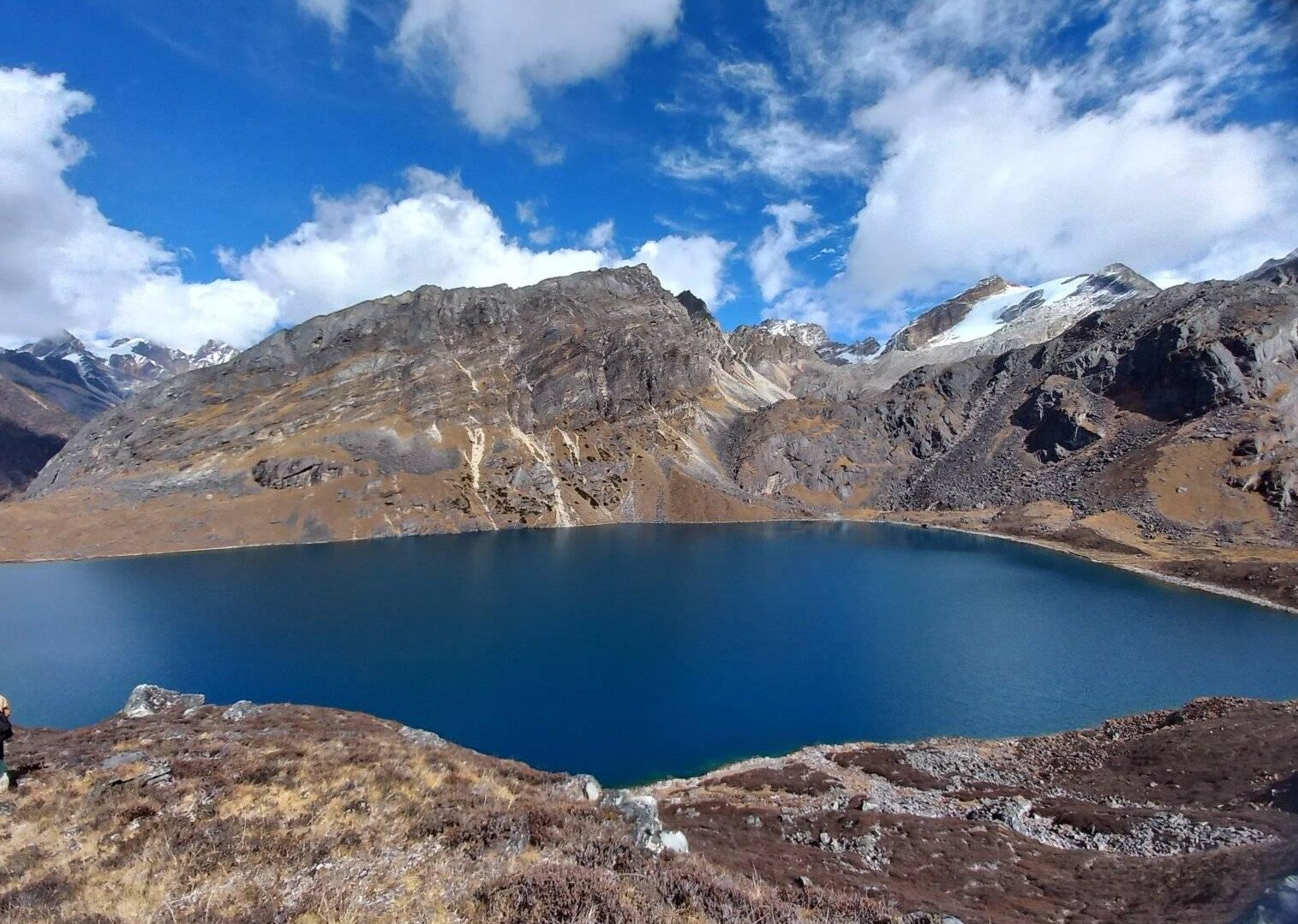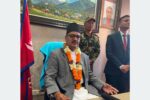TAPLEJUNG: Singjema Lake in Taplejung is gradually evolving into a sought-after tourism destination.
Situated at an altitude of 4,700 meters in ward number 7 of Phaktanglung Rural Municipality, within the Olangchungola area, this alpine lake offers a captivating blend of spiritual significance and natural beauty.
It is located a day’s trek from the nearest human settlement in Olangchungola, and its precise area and depth have yet to be measured.
Surrounded by rich biodiversity and breathtaking scenery, Singjema Lake gained popularity after being featured on social media platforms.
Chheten Lama, the Ward Chairman of Phaktanglung Rural Municipality-7, anticipates an influx of both domestic and foreign visitors during the Dashain and Tihar festivals in early autumn.
Travel to the lake has become more accessible due to road connectivity from the Tamor Corridor Highway up to the Tiptala border transit point with Tibet via Olangchungola.
Phaktanglung, the third-largest rural municipality in Nepal, also boasts other stunning locations, including Yangma, Nupchu Pokhari, and the Kanchenjunga Base Camp.
For the locals of Olangchungola, Singjema Lake holds deep religious significance; they believe that one’s wishes are granted when worship is performed at its shores.
Various legends enhance the lake’s spiritual and cultural importance. One such tale recounts a Tibetan man who saw cow dung emerging from the lake; after taking it home, he was blessed with prosperity.
Another legend tells of a sheep that appeared from the lake, leading a flock of grazing sheep into its depths before vanishing.
Visitors seeking spiritual experiences often offer various items to the deity believed to reside within the lake.
The best time for trekking to Singjema Lake is from April to September, with sheep herders camping along the route, providing opportunities for overnight stays.
The lake’s popularity has surged recently, thanks to social media and YouTube channels promoting this tourism gem.
An increasing number of filmmakers and documentarians are also visiting the area, although permission must be obtained from the Kanchenjunga Area Conservation Management Council for filming and drone usage.
The local government and the Conservation Council share the responsibility of conserving and managing the lake.
Both entities must prioritize developing tourism infrastructure and facilities to boost local tourism.
The region surrounding the lake is rich in historic villages and monasteries that continue to uphold regional traditions.









Comment